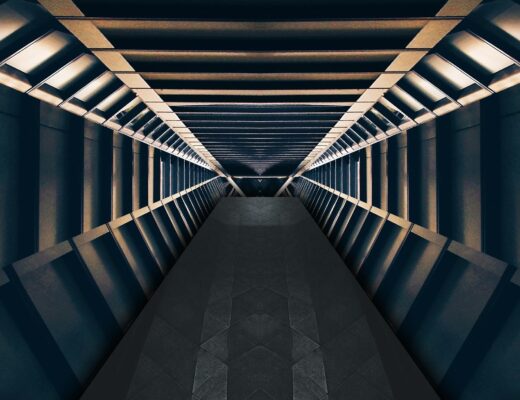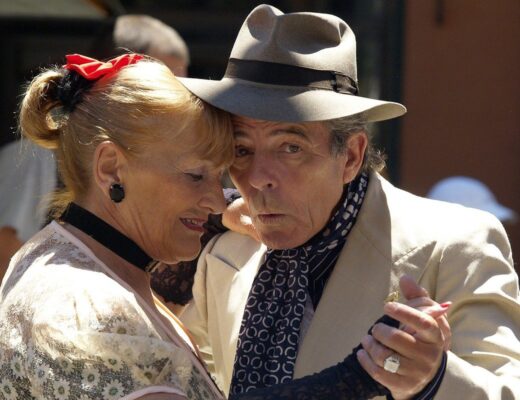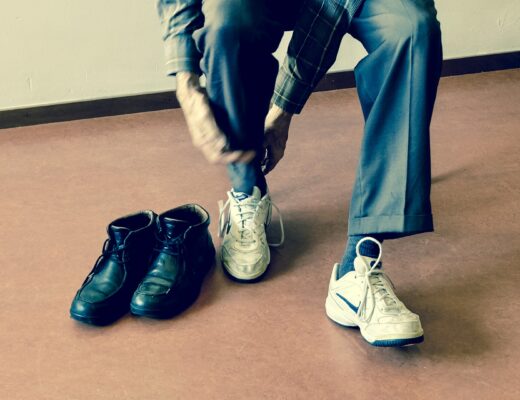Did you want to grow up to be Morticia Addams when you were a kid?
I certainly did.
Graceful, passionate, a wonderful support to her family, incredible fashion sense, the list goes on and on.
Now, the original show from the ’60s is a delight to behold, to be clear, but my first is still my fav (first impressions and all, not to mention impressionable youth). So, I’m all about the 1991 version, directed by Barry Sonnenfeld.
It feels like home.
Sweet, nostalgic, dark, family goals kind of home.
All of that being said, this blog wouldn’t be complete without a character movement study of Anjelica Huston’s Morticia Addams.
It just wouldn’t.
I cannot express how much I adore her, from the tips of her fingers to the shoes hidden under her glorious mermaid trip hazard-y dress.
Firstly, a disclaimer:
I’ve got no clue if Anjelica Huston used Labanotation to help create her incredible Morticia. However, it’s my go-to wheelhouse, so a good chunk of all movement I analyze is going to incorporate Rudolf Laban’s work.
If you’re not familiar with Laban, I’d recommend checking out my two intro posts here and here to get you started.
That way, you’ve got some familiarity with this incredibly adaptable movement tool before diving further into how I’d apply it to analyze Morticia Addams.
Shall we continue?
When a costume shapes your performance
Sometimes the costume dictates a great deal of your character movement signature for you.
It doesn’t take long to notice that Morticia’s dress is rather constrictive. It’s basically a mermaid dress that tightly clings to the body before flaring out below the knees.
It’s the kind of dress that’s…well…a challenge to walk in.
She’s also wearing a corset, which means her entire midsection moves all in one isolated piece. If you want to twist, it means your entire upper body twists with you.
Anjelica stated in an interview with The Guardian:
“The makeup was very intense. I had stickers attached to my temples; rubber bands that met behind my head and then on top of that the wig, fake nails and eyelashes, and the corset – individually they add up to something monumental. It was hard to move. There were certain things one could do with one’s hands but that was about it. fortunately wanted to keep Morticia very iconic and still. She’s not fractious at all. She’s very settled in her body language. I had a bonfire of the vanities at the end of the movie where I took all the fake stuff, made a pile, and set it on fire.”
Morticia’s stillness
The stillness that exudes from Morticia is simply captivating. Is she always completely still? No, however, it’s definitely her baseline.
Stillness is sometimes a forgotten element of movement. As humans, we’re rarely completely still.
Actors sometimes find being still to be a really awkward place to be.
But sometimes a lack of movement speaks more volumes than moving. It can be a secret weapon in a way.
Morgan Freeman is a fan of stillness too. I love his quote, “It’s what I learn from the great actors that I work with. Stillness. That’s all, and that’s the hardest thing.”
Whenever I watch Morticia, I’m reminded of the sereneness of stillness. That there can be a grace to it. And to employ it as a character choice can be incredibly powerful.
Morticia’s walk
Within this stillness, there is a grounded nature to Morticia. A heavy/strong and in some ways bound quality (thinking of her costume as well as Laban), the only part of her that is truly free to move are her arms, hands, and head.
When she walks, her feet have to calculate their next step. Slow, deliberate, and sustained. This creates a gliding effect which helps when you add that she’s taking very short steps.
It’s like if you tried to walk elegantly with either an exercise band or a diving ring around your knees. (Note: I was def one of those kids who put diving rings around their ankles to be a mermaid in the pool.)
Other aspects of her movement signature
Her upper body, as mentioned, has a bit more freedom of movement.
Anjelica’s long and thin fingers with those immaculate red nails are arguably my fav part of her performance. Other than her eyebrows, probably…yeah…toss-up between her fingers and eyebrows.
Her fingers have such a fun quality about them.
They’re flowing and free but also flicking from time to time. Flicking is a movement that is sudden, light, and often indirect.
And her eyebrows…did I mention her eyebrows?
Bottom line, her facial movement work is on point.
It’s a great reminder, honestly, to utilize your facial muscles. Sometimes, it’s all you need.
When a costume feels constrictive
If I had to sum-up my three takeaways from Anjelica’s performance of Morticia Addams they would be: stillness, fingers and eyebrows.
She took a constrictive costume and used it to her advantage. To be fair, she also said she intended to keep Morticia iconic and still, and in that way, the costume became an ally.
Morticia is both comfortable and grounded and well, frankly, inhabiting that dress. It’s a second skin.
For many actors, myself included, the costume or makeup can help a great deal in discovering their character.
It could be the shoes, or specific makeup or perhaps an important prop like a hat or handbag.
If you’re in a costume that confines your movement in some way, use it to your advantage. Make friends with it and see what it can teach you about your character’s movement.
For the record, one last thought, a constrictive costume can also be an ally to the actor and not the character. For an animated example, I immediately think of Merida from Brave when she rips out of the dress that impedes her archery.
But that’s a study for another time. 😉





Jeffrey Machado
May 29, 2021 at 3:35 amYour point about actors finding it hard to be still is right on target – at least, in my case. It’s ironic, because I have no problem being still in life. But put me on stage and I become so self-conscious that stillness becomes unbearable. Getting rid of that habit is a big goal of mine!
Katherine
June 7, 2021 at 11:25 pmThat’s a great goal to have! It takes time, have patience, and next time you’re standing on a stage, take a moment to close your eyes and visualize your feet grounding into the floor and stay there for a moment, breathe and see how it feels 🙂